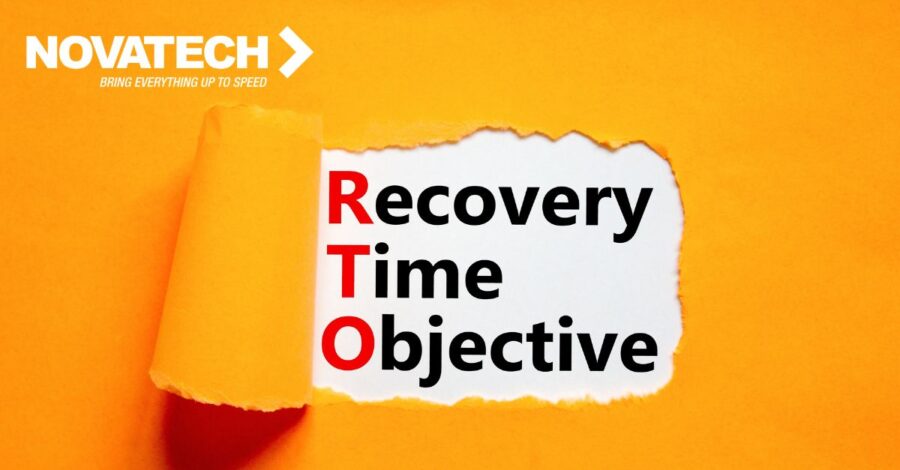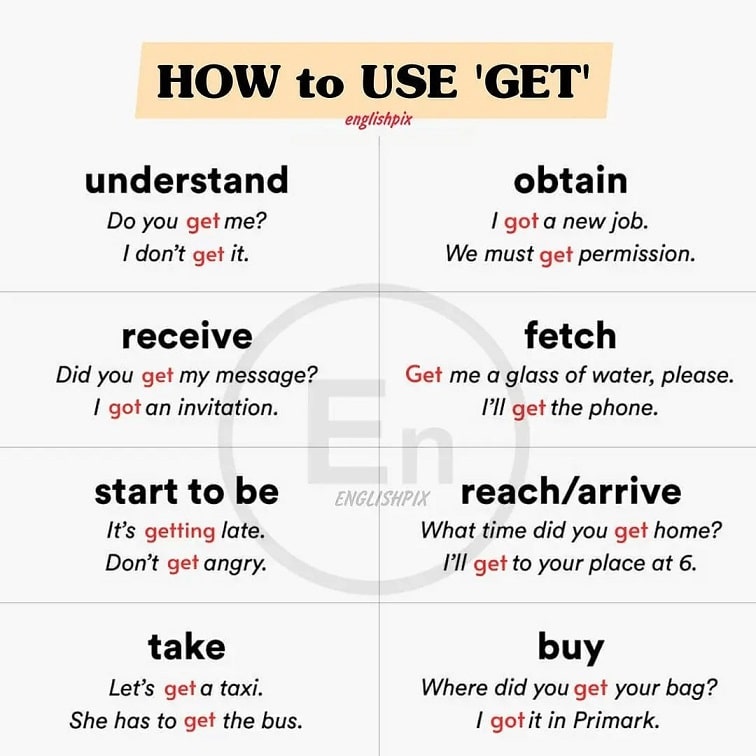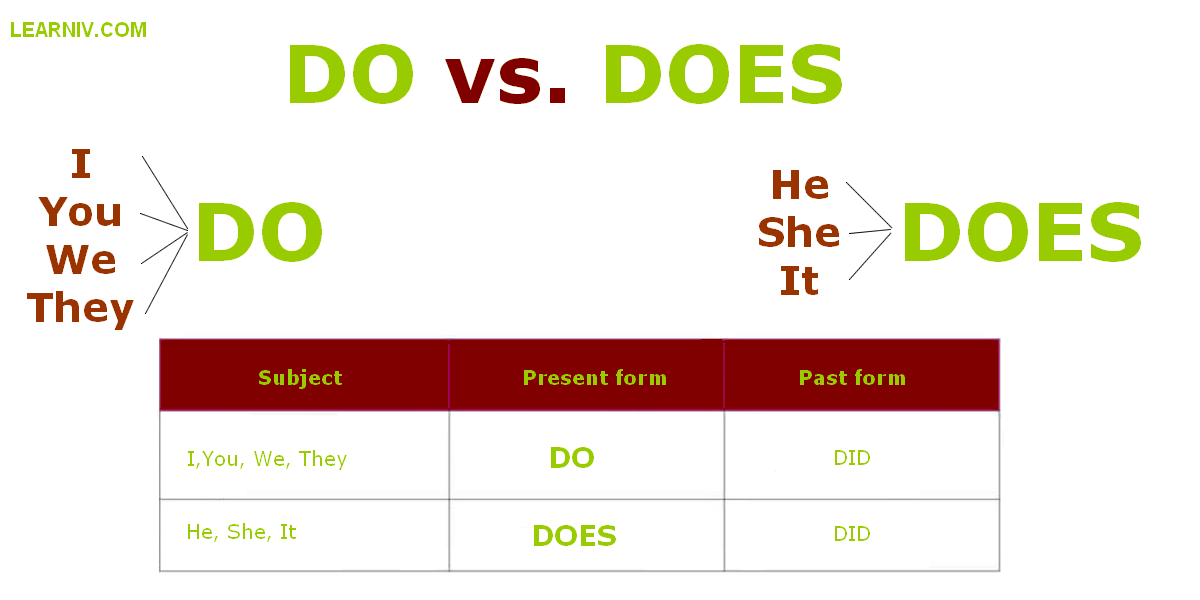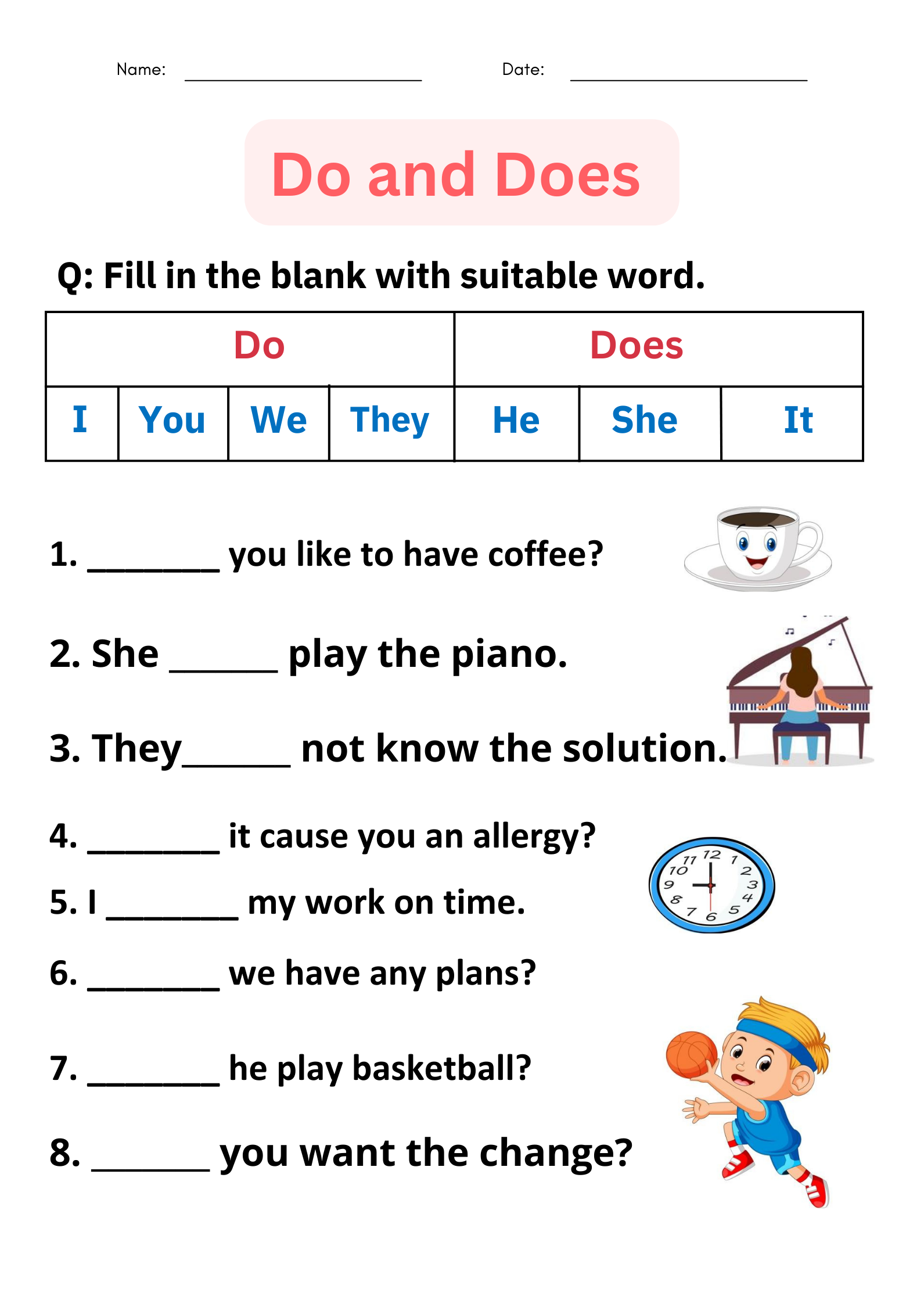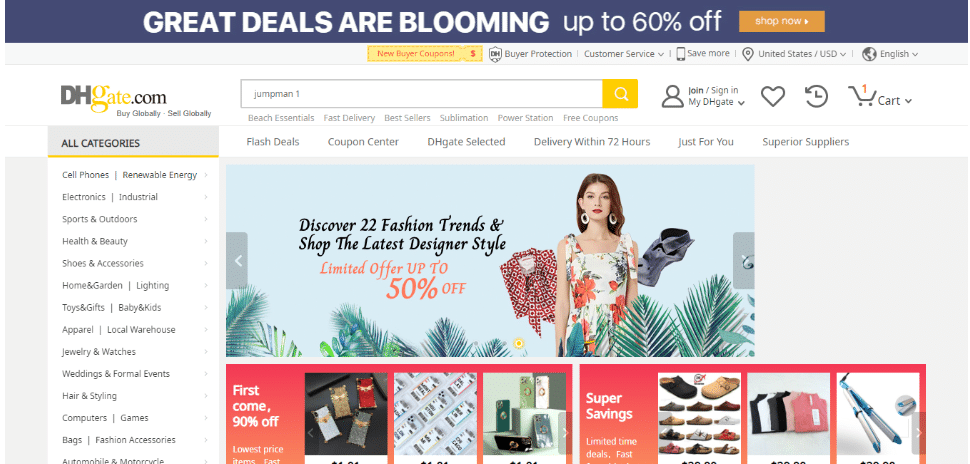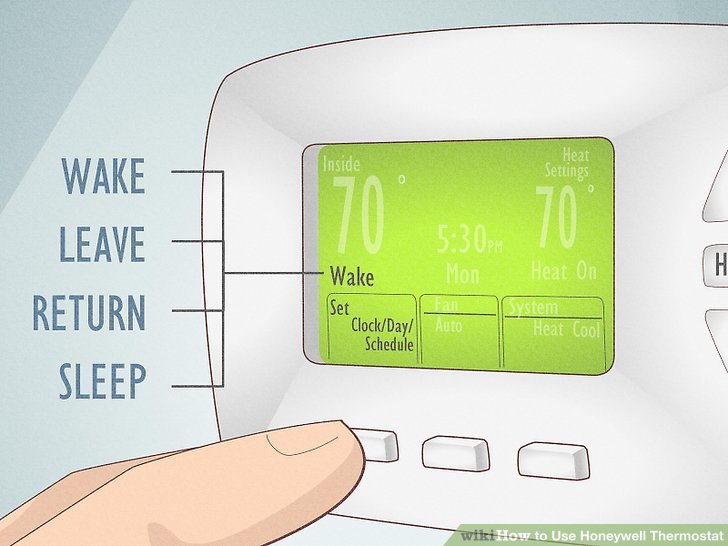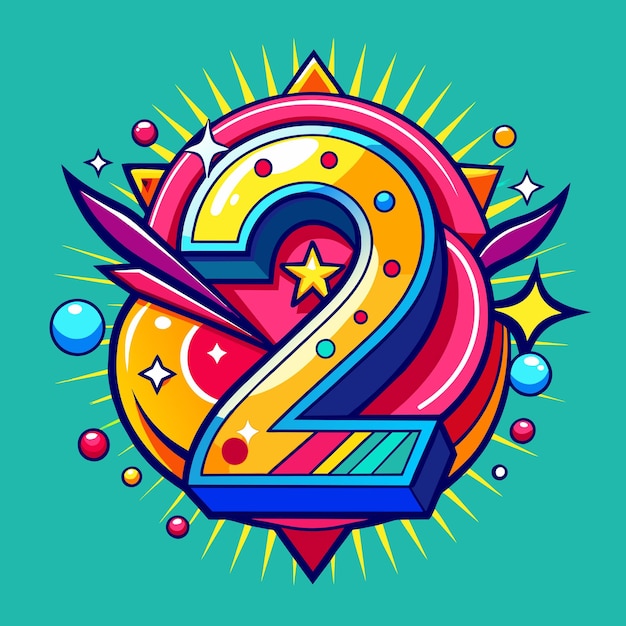What Are Leads in Business? Definitions, Types, and How to Turn Interest Into Revenue
Overview: What Is a Lead in Business?
A lead in business is a person or organization that has shown interest in your product or service and could potentially become a customer. This interest may come from actions like subscribing to a newsletter, filling out a form, engaging on social media, or requesting information. Most leads start unqualified and require further evaluation to determine fit and readiness to buy [1] . Accounting and small-business guides similarly define a sales lead as someone who has expressed interest in purchasing, often via tactics such as advertising, networking, email marketing, and digital campaigns [2] . Practitioner guides describe business leads as people or organizations who have signaled interest and are now on your radar, though not yet customers [3] .
Why Leads Matter
Leads are the entry point to your revenue pipeline; without them, sales teams lack qualified people to contact and move through the funnel. Industry explainers note that lead generation is a core component of sales performance, ensuring a steady flow of potential customers to nurture, qualify, and convert [4] . Because most leads are initially unqualified, marketing and sales must collaborate on education, nurturing, and qualification to reduce waste and accelerate revenue [1] .
Lead vs. Prospect vs. Opportunity
Clarity on terms prevents funnel confusion. According to enterprise marketing guidance, a lead is any person who could potentially become a customer and has taken early actions indicating interest (e.g., subscribed, visited, engaged) [1] . A prospect typically implies an assessed fit and deeper engagement, while an opportunity is an active sales cycle with defined needs, timing, and potential value. Maintaining these distinctions helps teams tailor messaging and handoffs appropriately [1] .
Types of Leads You’ll Encounter
Unqualified Leads (Raw Inquiries) : These include new subscribers, social followers who engage, and site visitors. They show surface-level interest but lack verified fit or buying intent. Most inbound top-of-funnel contacts sit here initially [1] .
Marketing Qualified Leads (MQLs) : MQLs are considered good-fit and engaged by marketing-signals might include downloading a white paper, attending a webinar, or repeated high-intent pageviews. They merit targeted nurturing and, based on scoring thresholds, may be passed to sales for further qualification [3] .
Sales Qualified Leads (SQLs) : SQLs meet sales-defined criteria indicating readiness for direct sales engagement, often after confirming needs, budgetary authority, and timing through discovery. Moving from MQL to SQL typically involves a handoff process and agreed scoring rules [3] .
Inbound vs. Outbound Leads : Inbound leads originate from your content and campaigns (e.g., search, content downloads, forms); outbound leads result from proactive outreach (e.g., cold email, social selling, calling). Both are viable when executed with relevance and compliance [2] [4] .
How Leads Are Generated
Small-business and accounting sources list common lead-generation channels: advertising, networking, email marketing, social media campaigns, direct response, and broader internet marketing-plus contact forms as a simple but effective capture point [2] . Sales operations resources add that companies gather leads from a variety of sources and then follow up to assess fit, noting that both inbound interest and thoughtfully executed cold outreach can be effective in building pipeline [4] .
From Interest to Revenue: A Practical Process
1) Define Ideal Customer Profile (ICP) and Personas Clarify firmographics (industry, size, region) and roles (titles, responsibilities). This makes targeting and qualification more consistent and prevents unproductive handoffs. As authoritative marketing guidance notes, early-stage interest alone does not mean buying intent-so define what “fit” entails before you score and route leads [1] .
2) Build Capture and Tracking Implement forms on key pages (pricing, demos, resources), enabling fields that indicate fit (company size, role). A basic contact form is often the first source of trackable leads for small businesses [2] . Ensure consent language aligns with email and privacy regulations applicable to your region.
3) Create Offers That Earn the Opt-In Offer webinars, calculators, templates, or case studies that align to buyer pains. These assets increase form fills and raise engagement signals used in scoring (e.g., webinar attendance for MQL thresholds) [3] .
4) Score and Qualify Use behavioral signals (downloads, repeat visits, email engagement) and fit signals (role, industry). Establish a numeric threshold for MQL and criteria for sales acceptance of SQLs. Many teams find that distinguishing unqualified leads from MQLs prevents premature sales outreach and improves conversion rates [1] [3] .
5) Nurture With Relevance Sequence educational emails and retargeting tailored to persona and stage: problem framing, solution options, proof (case studies), and ROI narratives. Small-business resources emphasize email marketing and social campaigns as reliable channels for nurturing interest into intent [2] .
6) Handoff to Sales and Run Discovery When a lead crosses the MQL threshold, route it to a sales development rep for qualification. Confirm need, priority, stakeholders, and timing. This is the transition from lead to prospect, setting up opportunities for proposal and closing [1] .
Real-World Examples
Example 1: SaaS Demo Funnel A mid-market SaaS vendor adds a pricing-page form and a “Request a Demo” CTA. Website visitors who request demos become MQLs if they match ICP criteria (e.g., 200-2,000 employees). Post-demo attendance and confirmed pain points promote them to SQLs. This aligns with the notion that early engagement indicates interest but not immediate buying intent; structured qualification transitions these leads into pipeline prospects [1] .
Example 2: Services Firm Content Engine A consulting firm drives traffic to guides and case studies. Readers who download templates enter a nurture track. After multiple high-intent actions (e.g., attending a webinar), the lead is scored as an MQL and routed for discovery. This reflects best practices where content, email marketing, and webinars collectively generate and mature leads [2] [3] .
Step-by-Step Implementation Guide
Step 1: Choose Your Channels Start with high-intent pages (pricing, demo, contact) and one scalable outbound motion (e.g., targeted email). Many small businesses begin with an on-site contact form plus email marketing to nurture interest [2] .

Source: management.org
Step 2: Stand Up Data Collection Use forms with required fields for email and role, optional fields for company and size. Enable analytics to track source/medium and key events. The goal is to separate surface-level interest from qualified engagement [1] .
Step 3: Define Scoring Assign points for actions (e.g., +10 webinar registration, +20 attendance) and fit (e.g., +15 for target title). Set an MQL threshold (e.g., 60 points) and create service-level agreements for sales follow-up timing on MQLs and SQLs [3] .
Step 4: Build Nurture Develop a three-email sequence: pain education, solution comparison, proof/ROI. Include optional consultation or demo CTAs. This aligns with recommended channels like email and social to move interest toward intent [2] .
Step 5: Qualify via Discovery On first sales call, confirm problem impact, stakeholders, and timeframe. If validated, convert the lead to an opportunity and document next steps, aligning with definitions that separate early-stage leads from active sales cycles [1] .

Source: assignmentpoint.com
Challenges and Solutions
Challenge: Low-Quality Lead Volume Solution: Refine ICP, add disqualification fields (budget range, use case), and adjust scoring to reward high-intent behaviors (e.g., pricing-page dwell, demo requests). This helps ensure that early-stage interest is filtered before sales engagement [1] .
Challenge: Misaligned Handoffs Solution: Create a joint MQL definition, document acceptance criteria, and track follow-up SLAs. Practitioner articles stress that clarity on what constitutes a lead versus a prospect reduces friction and improves performance [1] .
Challenge: Slow Nurture and Outreach Solution: Prioritize channels with proven efficacy for small businesses-email marketing, social media, and direct response-to maintain momentum while respecting buyer readiness [2] .
Compliance and Ethical Outreach
When using outbound (cold email or calling), ensure you comply with applicable laws and platform policies. Sales resources note that traditional methods can work when done correctly and with respect for buyer preferences. Always provide clear opt-out options and avoid misleading claims in outreach [4] .
Key Takeaways
– A lead is an early-stage contact who has shown interest but may not be ready to buy. – Most leads start unqualified and move to MQL and SQL as engagement and fit are confirmed. – Effective programs capture, score, nurture, and hand off leads using agreed criteria. – Channels like email marketing, social media, and forms are foundational for generating and nurturing demand. – Clear definitions reduce friction between marketing and sales and improve conversion from lead to revenue [1] [2] [3] [4] .
References
[1] Adobe (2025). The difference between a lead, a prospect, and a sales opportunity. [2] FreshBooks (2024). Sales Lead Definition & How It Works. [3] Thunderbit (2025). What Is a Business Lead? Definition, Types, and Examples. [4] LeadSquared (2023). What Is A Business Lead? All You Need To Know.
MORE FROM mumsearch.com
